June is National Indigenous History Month, and so we are once again highlighting new and old materials in our collection from Indigenous composers and musicians on Turtle Island. You can find out more about national celebrations here. For this blog post and display, we have tried to emphasize music scores and performances from Indigenous artists.
Indigenous pasts and futures
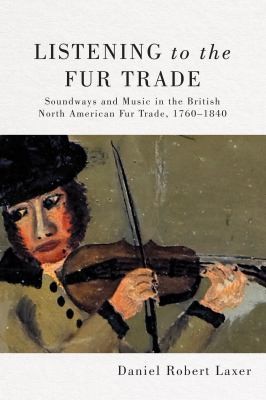
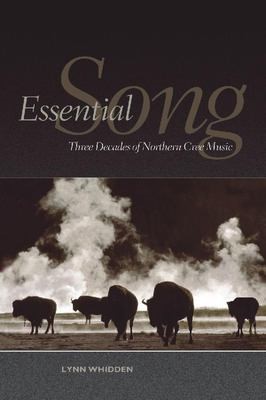
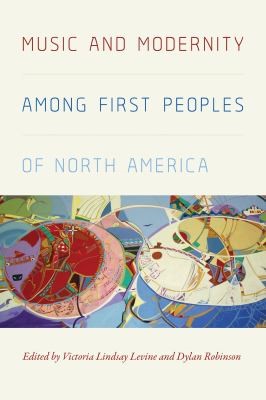
- Listening to the fur trade: soundways and music in the British North American fur trade, 1760-1840 by Daniel Robert Laxer traces the history of the fur trade and the way its music was influenced by Indigenous ceremonies. Recommended chapter: “Indigenous Hunting and Healing Songs.”
- Essential song: three decades of northern Cree music by Lynn Whidden is a study of subarctic Cree hunting songs, from more than two decades of ethnographic research. Recommended chapter: “Song and Survival.”
- Music and modernity among first peoples of North America edited by Victoria Lindsay Levine and Dylan Robinson brings together Indigenous and settler scholars from North America, highlighting the intersections between music, modernity, and Indigeneity. Recommended chapter: “Indigenous Activism and Women’s Voices in Canada: The Music of Asani” by Anna Hoefnagels.
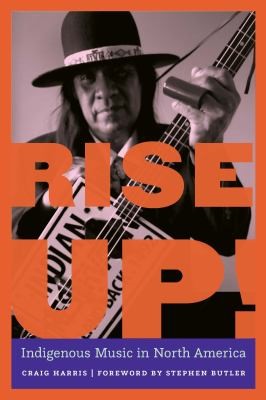
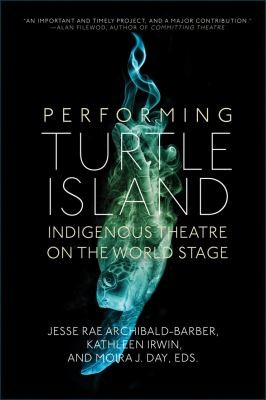
- Rise up!: Indigenous music in North America by Crais Harris tells the history of Indigenous music featuring anecdotes from almost four dozen Indigenous musicians and stretching across all genres of music. Recommended chapter: “Connections.”
- Performing Turtle Island: Indigenous Theatre on the World Stage by Jesse Rae Archibald-Barber, Kathleen Irwin, and Moira J Day investigates how theatre can be a tool for community engagement and resistance. Recommended chapter: “Decolonizing Counterpoints: Indigenous Perspectives and Representations in Classical Music and Opera” by Spy Dénommé-Welch and Catherine Magowan.
Indigenous stories


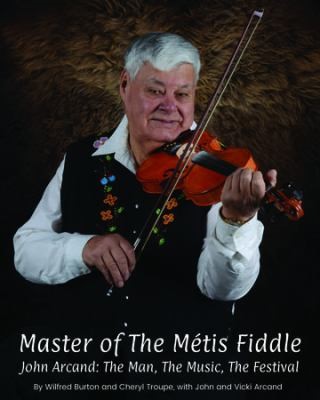
- Washita love child: the rise of Indigenous rock star Jesse Ed Davis by Douglas K. Miller tells the story of guitarist Jesse Ed Davis and his impact on raising up Indigenous artists in the 60s and 70s. Recommended chapter: “You sacrifice yourself for your people.”
- Beautiful scars by Tom Wilson chronicles Wilson’s story of finding out he was Indigenous in his 50s and navigating that discovery and finding his community. Recommended chapter: “Mohawk Legends.”
- Master of the Métis fiddle: John Arcand, the man, the music, the festival by Wilfred Burton details John Arcand and his life-long pursuit of Métis fiddle music and lasting legacy. Recommended chapter: “Legacy.”
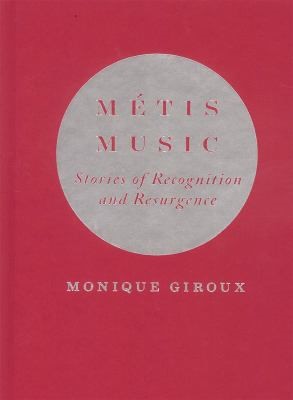
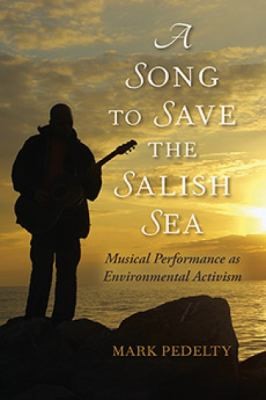
- Métis music: stories of recognition and resurgence by Monique Giroux asks complicated questions about what makes music Métis and how it exists in relationship to settlers. Recommended chapter: “Recognition, Resurgence, and Ethical Responsiveness.”
- A song to save the Salish Sea: musical performance as environmental activism by Mark Pedelty features the stories from musical environmental activists throughout the Salish Sea. Recommended chapter: “Turtle Island’s Idle No More: the aural art of protest.”
- Sonic Rematriation: An interview with Jeremy Dutcher by Stephen Dutcher is an interesting interview with performer and composer Jeremy Dutcher.
Indigenous research and theory

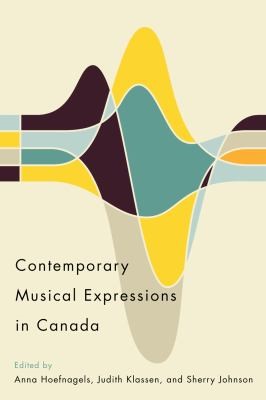
- Arts-based pedagogies: integrating culturally relevant creative processes in K-12 education edited by Tanya Berg highlights diversity in the K-12 classroom through pedagogical practice. Recommended chapter: “Woven In: Embodied Learning, Contemporary Indigenous Art, and Art Integration” by Artina Marie Voz.
- Mind the gap: causes and consequences of the racial gap in music funding organizations by Alanna Stuart and Kim de Laat highlights a significant gap in music funding for IBPOC individuals in Canada, and the ways that this has impacted these communities.
- Conference is Ceremony: The centrality of process in community-based participatory research in music education with Indigenous partners by Anita Prest, Scott Goble, and Hector Vazquez-Cordoba offers a case study of co-creating a conference with Indigenous partners and the value of this practice.
- Contemporary musical expressions in Canada edited by Anna Hoefnagels, Judith Klassen, and Sherry Johnson traces the way that culture influences contemporary music practices across Canada. Recommended chapters: “(Re)Presenting Indigenous activism in the nation’s capital: signifying resistance across time and place through music in Alanis Obomsawin’s Tricky or treaty? (2014)” by Anna Hoefnagels and “Metis (style) fiddling: from historical roots to contemporary practice” by Monique Giroux.
Indigenous Hip Hop
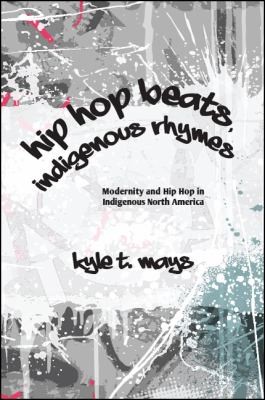
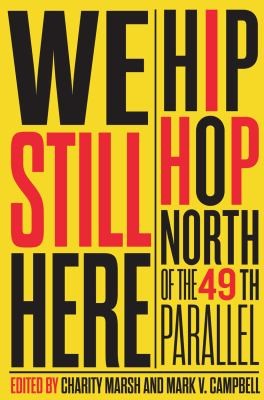
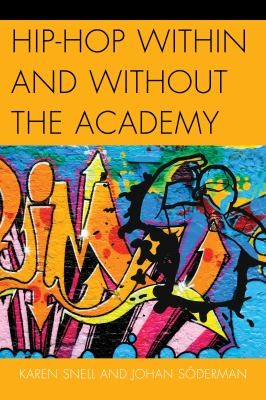
- Hip hop beats, indigenous rhymes: modernity and hip hop in indigenous North America by Kyle T. Mays argues that Indigenous people use hip hop to resist settler colonialism and assert their sovereignty. Recommended chapter: “#NOTYOURMASCOT: Indigenous Hip Hop Artists as Modern Subjects.”
- We still here: hip hop north of the 49th parallel edited by Charity Marsh and Mark V. Campbell explores the histories and dynamics of hip hop culture in Canada. Recommended chapter: “Beat Nation: hip hop as Indigenous culture” by Charity Marsh.
- Hip-hop within and without the academy by Karen Snell studies how hip hop is currently understood today by everyday people, and how it can be incorporated into education. Recommended chapter: “First nations hip-hop artists’ identity and voice.”
Music
- Shadow catch: a chamber opera libretto by Daphne Marlatt
- The cure for madness: for string trio by Ian Cusson
- Kiwetin-acahkos = North star; fanfare for the peoples of the North by Andrew Balfour
- For Zitkála-Šá by Raven Chacon
- Take the Indian: a vocal reflection on missing children by Andrew Balfour
- A Breakfast for barbarians: for voice and piano (2016) by Ian Cusson
- Firebrand chamber music = musique de chambre by T. P. Carrabré
- Take the dog sled by Alexina Louie
- ᐃᓄᐃᑦ ᐃᙱᖅᑎᖏᑦ. II / ᐃᓄᒃᓱᒃ ᕿᓚᐅᔾᔭᕐᒃᑏᑦ Inuit choral music = Inuit inngiqtingit. II by Mary Piercey-Lewis
- Going home star: truth and reconciliation by Christos Hatzis, performed by Northern Cree Singers
For more composers, explore the Canadian Art Song Project's Names of Indigenous composers.
Blog category